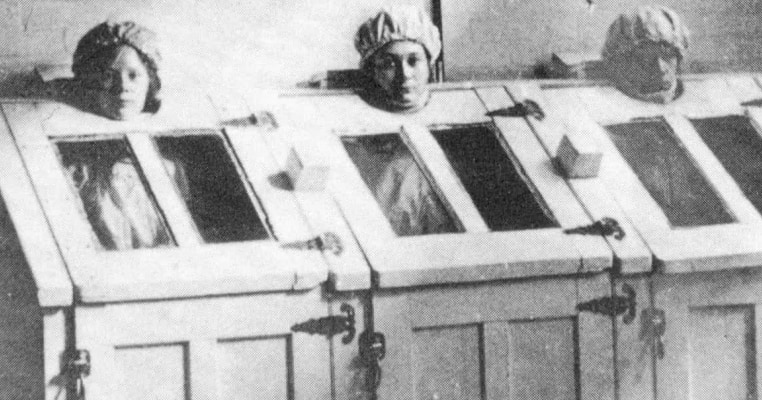Few institutions in history evoke more horror than the turn of the 20th century “lunatic asylums.” Infamous for involuntary committals and barbaric treatments, which often looked more like torture than medical therapies, state-run asylums for the mentally ill were bastions of fear and distrust, even in their own era. The truly mentally sick often hid their symptoms to escape commitment, and abusive spouses and family would use commitment as a threat. Far from being a place of healing, mental hospitals of the early 20th century were places of significant harm.

16. Doctors Sent Patients to Asylums for Non-Mental Health Reasons
Today, the vast majority of patients in mental health institutions are there at their own request. Sadly, during the first half of the twentieth century, the opposite was true. The laws of the era allowed people to be involuntarily committed by their loved ones with little to no evidence of medical necessity required. Even worse, mental health issues weren’t actually necessary to seek an involuntary commitment. The history books are full of women who were committed to asylums for defying their husbands, practicing a different religion, and other marital issues.
Children were not spared from the horrors of involuntary commitment. Families were able to purchase “confinement” for children who were disabled or naturally unruly that prestigious families didn’t want to deal with raising. Children could also be committed because of issues like masturbation, which was documented in a New Orleans case in 1883. Given that only 27% of asylum patients at the turn of the 20th century were in the asylum for a year or less, many of these involuntarily committed patients were spending large portions of their lives in mental hospitals.

